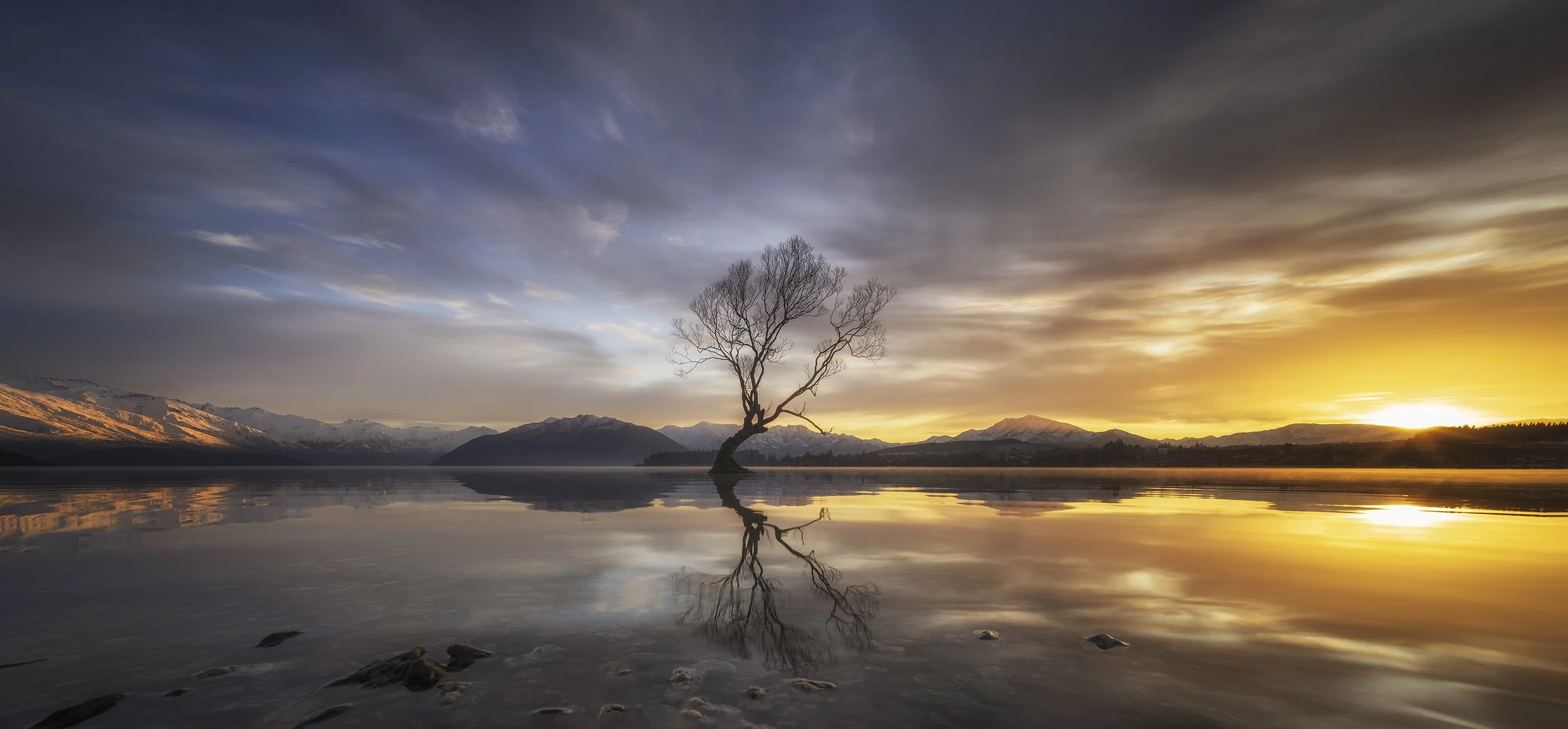Let There Be Light: Mastering Natural Light in Landscape Photography
Survivor
Natural light is our primary tool as photographers, and how it interacts with the natural world can make or break a photograph. Mastering natural light is essential. Let's explore some tips and techniques for mastering natural light in landscape photography!
We need to plan around the sun. The sun is the most potent natural light source, and capturing the best light requires planning around its movement. Golden hour, the hour after sunrise and before sunset, is perfect for capturing warm, soft light. Also, be aware of the sun's direction and the quality of light at different times of the day.
We often underestimate the beauty of cloudy days. While sunny days are great for bright and colourful images, cloudy days offer a unique opportunity to capture soft, diffused light with a moody atmosphere. Plus, you can experiment with longer exposure times, allowing for exciting movement effects.
Shadows are also your friend! They can be used creatively to add depth and drama to your landscape photos. Pay attention to the length and direction of shadows and how they interact with the subject. Shadows can be used as leading lines or to create a sense of depth in the image.
Backlighting is a powerful technique where the light source is behind the subject, creating a dramatic effect. Achieve this during sunrise or sunset when the sun is low on the horizon, casting a warm glow on the subject. Use backlighting to highlight the shape and form of the subject and create a sense of depth in the image.
Lastly, consider the weather conditions. Different weather conditions can offer unique opportunities for natural light in landscape photography. Stormy weather can create a dramatic, moody atmosphere, while foggy conditions can create a soft, ethereal glow. Be aware of the weather forecast and plan accordingly to take advantage of these conditions.
In conclusion, mastering natural light in landscape photography requires careful planning and attention to detail. By understanding the different sources of natural light and how to use them to your advantage, you can elevate your landscape photography to capture stunning images that showcase the beauty of the natural world.

